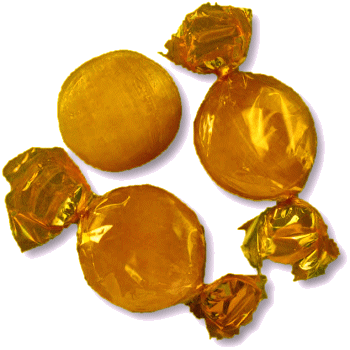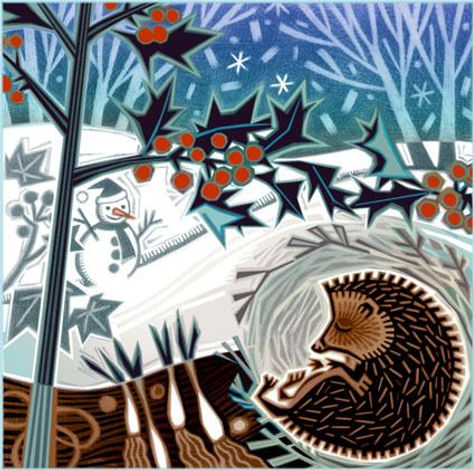




WELCOME TO An Entertainment Site for Scottish Country Dancers - Enjoy the curated selection of theme-related dances for celebrations and holidays, or find a dance associated with a special calendar day, or EVEN your own birthday!
Hedgehog and Groundhog Day
Feb 2
Other Scottish Country Dances for this Day
Today's Musings, History & Folklore
"The snail moves like a Hovercraft, held up by a Rubber cushion of itself, Sharing its secret With the hedgehog. The hedgehog Shares its secret with no one. We say, Hedgehog, come out Of yourself and we will love you." ~ The Hedgehog, Paul Muldoon, 2013
Groundhog Day, an offshoot of Candlemas Day, began as a European and Pennsylvania German custom in the 18th and 19th centuries, substituting the native American groundhog for the European hedgehog as the preferred animal to use to predict an early or late spring! Although a symbol of good luck in many cultures, in medieval times in Britain, the hedgehog was believed by farmers to be thieves who stole milk from their cows by sucking on them at night, as well as stealing eggs! Given their name because of their affinity for hedgerows and for their pig-like grunts and squeaks, hedgehogs were originally called "urchins" throughout the Middle Ages, inspiring the name of the similarly spiky sea creatures. Today, baby hedgehogs are still called urchins while a group of hedgehogs is referred to as an 'array'! Whether spring be early or late, enjoy this jig devised by a lover of these spiky creatures! 🦔 🦔 🦔
Hedgehogs in the Garden
There are seventeen species of hedgehog found throughout parts of Europe, Asia, and Africa, and in New Zealand (by introduction)! There are no hedgehogs native to Australia, and no living species native to the Americas.
The name hedgehog came into use around the year 1450, derived from the Middle English heyghoge, from heyg, hegge ("hedge"), because it frequents hedgerows, and hoge, hogge ("hog"), from its piglike snout.
Other names include urchin, hedgepig and furze-pig.
Supposedly, when German settlers got to America and found no hedgehogs, they turned to the similar-enough groundhog for their winter-weather predictions.
One of the more famous hedgehogs in literature, Beatrix Potter's, Mrs. Tiggy-Winkle, was inspired by Kitty MacDonald, a Scottish washerwoman the Potters employed over the course of eleven summers at Dalguise House on the River Tay in Perthshire. Potter wrote in her journal during the time: "Went out with the pony ... to see Kitty MacDonald, our old washerwoman ... Kitty is eighty-three but waken, and delightfully merry ... She is a comical, round little woman, as brown as a berry and wears a multitude of petticoats and a white mutch. Her memory goes back for seventy years, and I really believe she is prepared to enumerate the articles of her first wash in the year '71".
For more fascinating hedgehog facts about Mrs. Tiggy-Winkle and hedgehogs in general, click the illustration of Mrs. Tiggy-winkle by Beatrix Potter and the beautiful hibernating hedgehog illustration below by illustrator Jenny Tylden Wright, respectively.
Click the dance cribs or description below to link to a printable version of the dance!




